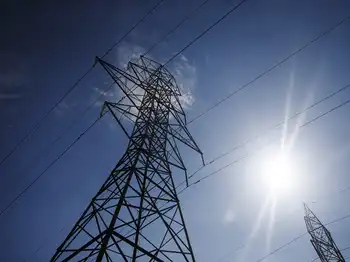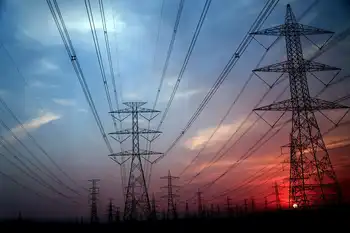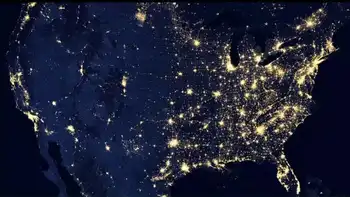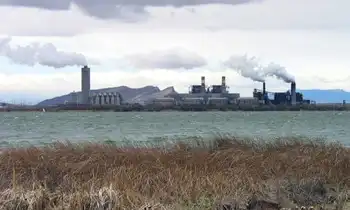FPL Energy files to build in Texas
TEXAS - A subsidiary of FPL Energy LLC has filed an application with Texas regulators to establish a new regulated utility business unit to construct, own and operate transmission facilities in Texas.
The Juno Beach-based company said it has asked the Public Utility Commission of Texas (PUC) for a certificate of convenience and necessity for a unit to serve the Dallas/Fort Worth metroplex and other regions throughout Texas.
Under FPL Energy's plan, its Lone Star Transmission subsidiary would build, own and operate a 180- to 200-mile, high-voltage direct current open access transmission line to bring renewable energy resources such as wind from west Texas to the Dallas/Fort Worth area.
Dubbed the DFW Express, the new transmission line would have a 2,000-megawatt capacity and stretch from near Abilene to the Dallas/Fort Worth load center.
FPL Energy estimated the cost of the DFW Express at $635 million to $655 million. Lone Star Transmission said it believes the transmission line can be constructed in less than three years from the date a certificate of convenience and necessity for the facility is approved by the Texas PUC.
In a statement from FPL Energy, Texas State Rep. Susan King said Texans need new, clean power generation resources to meet growing energy demand and West Texas is an ideal area for growth.
"The DFW Express proposal, if approved by the Texas PUC, positions west Texas for significant economic development from clean and renewable wind power," she said. "The project will create new jobs and add hundreds of millions of dollars of infrastructure in the region."
FPL Energy, through its subsidiaries, invested nearly $1 billion in Texas in 2006 and currently has 11 wind farms in operation in the state. The net capacity is more than 1,600 megawatts, capable of generating electricity for more than 400,000 Texas homes.
Related News

Americans aren't just blocking our oil pipelines, now they're fighting Hydro-Quebec's clean power lines
NEW YORK - Last week, Quebec Premier François Legault took to Twitter to celebrate after New York State authorities tentatively approved the first new transmission line in three decades that would connect Quebec’s vast hydroelectric network to the northeastern U.S. grid.
“C’est une immense nouvelle pour l’environnement. De l’énergie fossile sera remplacée par de l’énergie renouvelable,” he tweeted, or translated to English: “This is huge news for the environment. Fossil fuels will be replaced by renewable energy.”
The proposed construction of a 1.25 gigawatt transmission line from southern Quebec to Astoria, Queens, known as the Champlain Hudson Power Express, ties…




